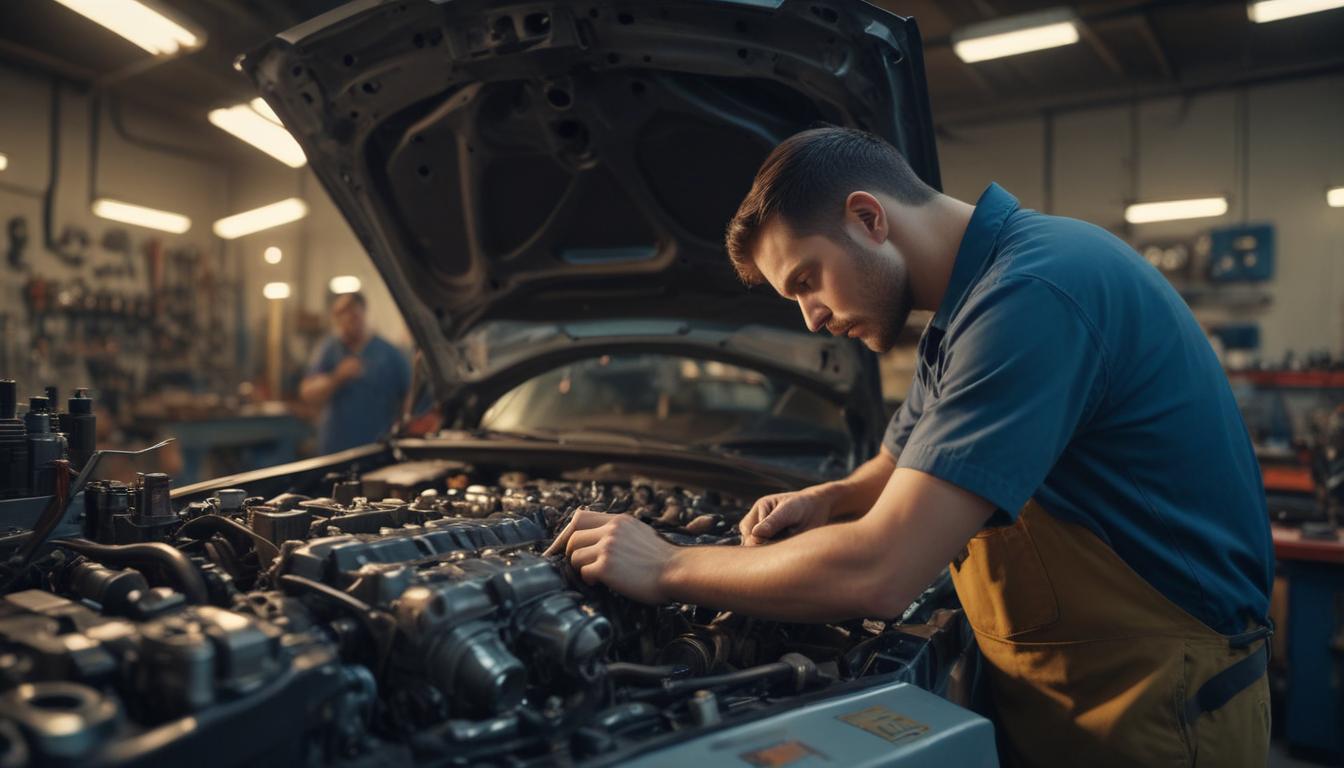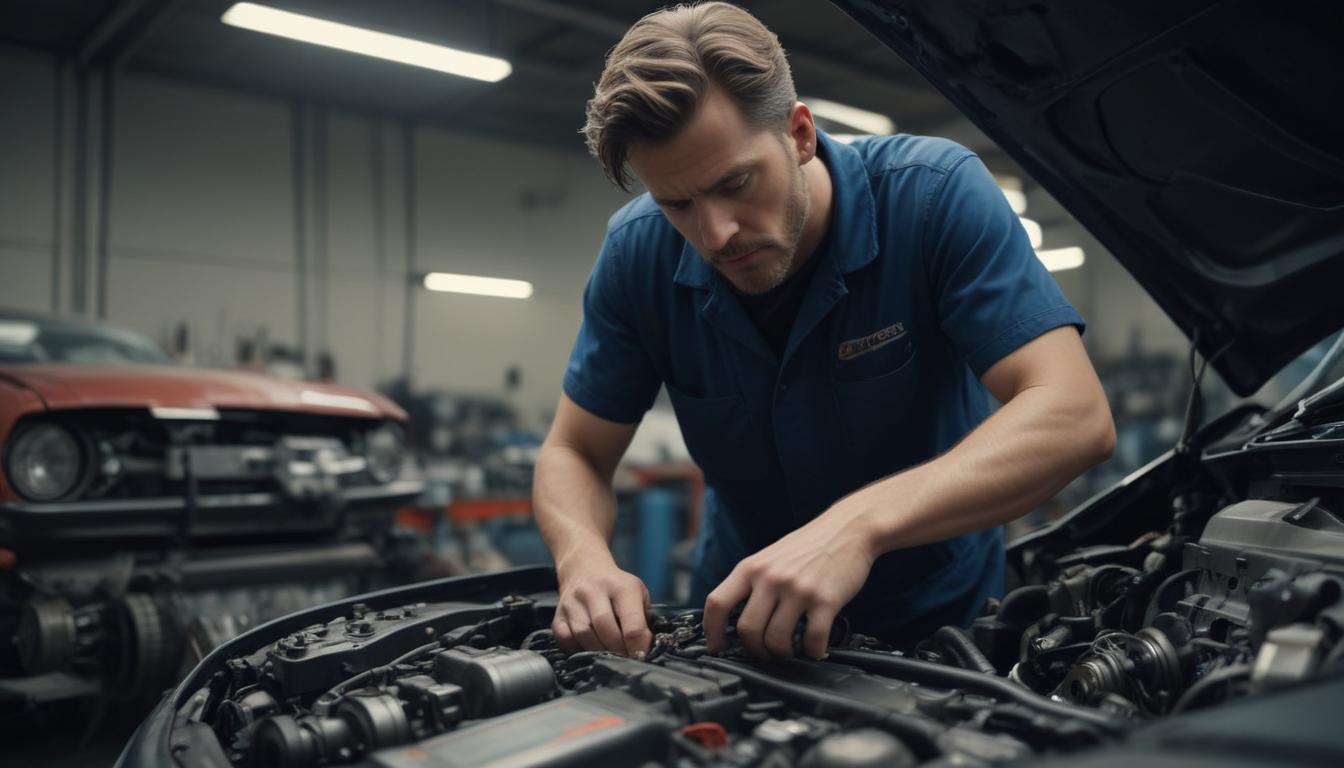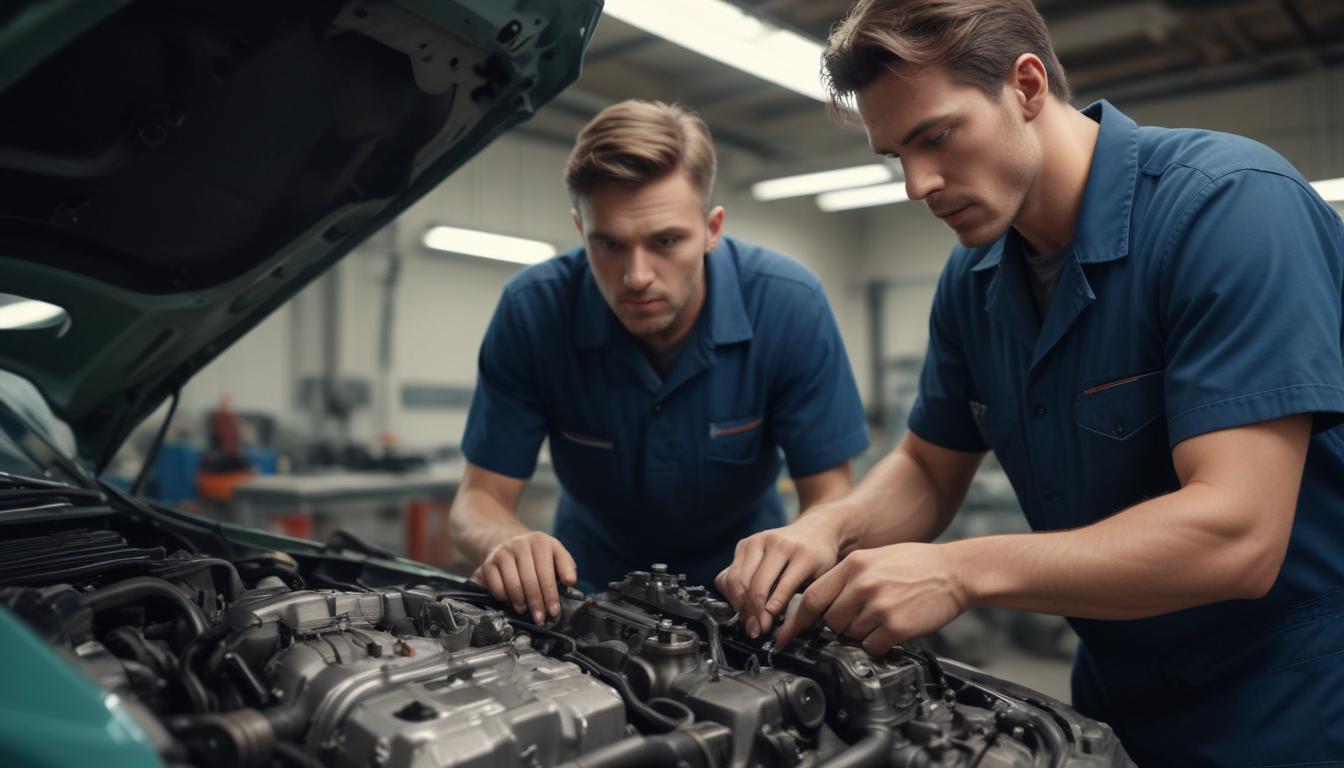Top 10 Common Car Maintenance Issues Every Driver in the U.S. Should Know
Introduction
Owning a car comes with the responsibility of routine maintenance to keep it safe and reliable. However, many drivers overlook common problems that can lead to costly repairs or safety risks. This quick guide highlights ten frequent car maintenance issues, how to spot trouble, and ways to address them before they escalate—saving you time and money.
1. Check Engine or Warning Lights Illuminate
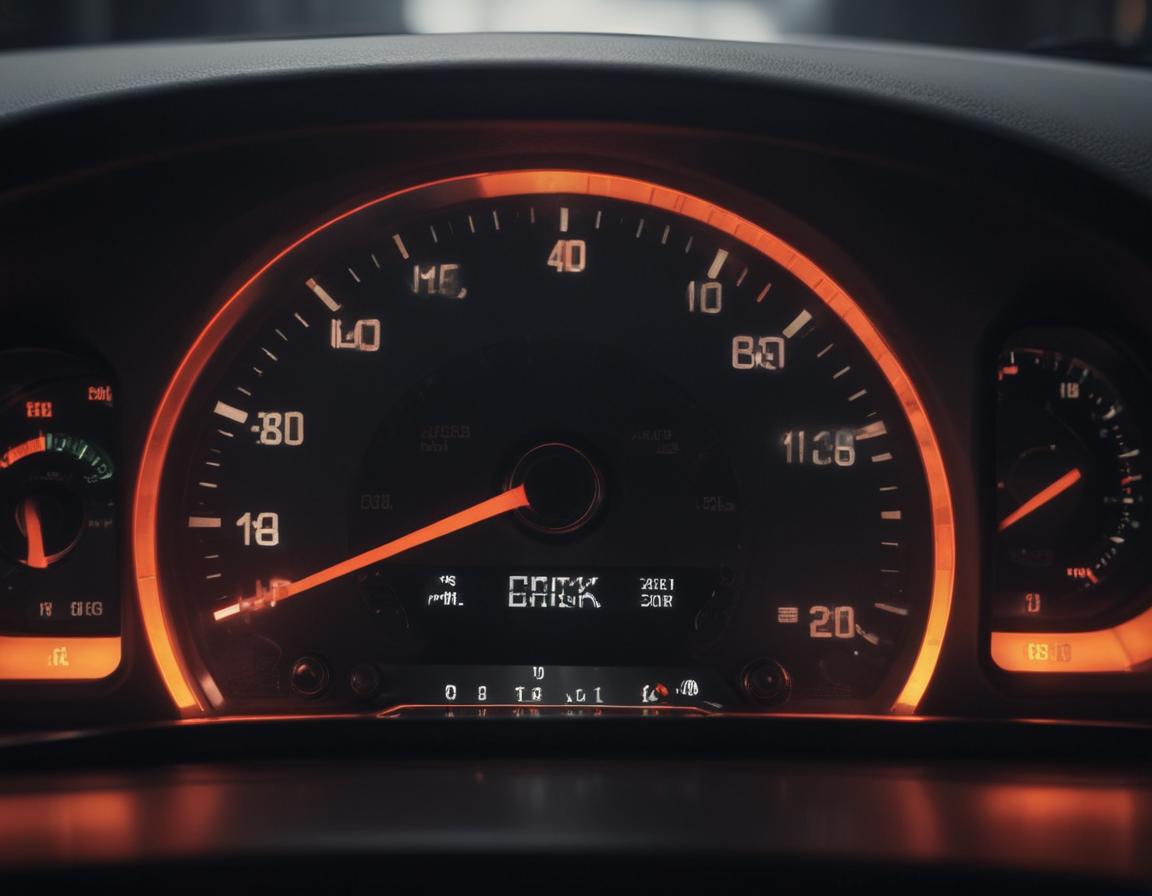
When your car’s dashboard warning lights illuminate, it’s a significant alert for potential underlying issues. These lights can pinpoint various problems, from malfunctioning sensors to serious mechanical faults. For instance, a check engine light might mean something as simple as a loose gas cap or as severe as an engine misfire. Ignoring these signals could lead to costly repairs down the line.
To address this, start with basic diagnostic tools available at most auto parts stores or consult a trusted mechanic. Regularly checking your dashboard lights ensures you’re not overlooking critical signs, allowing you to act before the problem escalates. Maintaining awareness of these signals can save you from sudden breakdowns and large repair bills.
2. Poor Fuel Economy
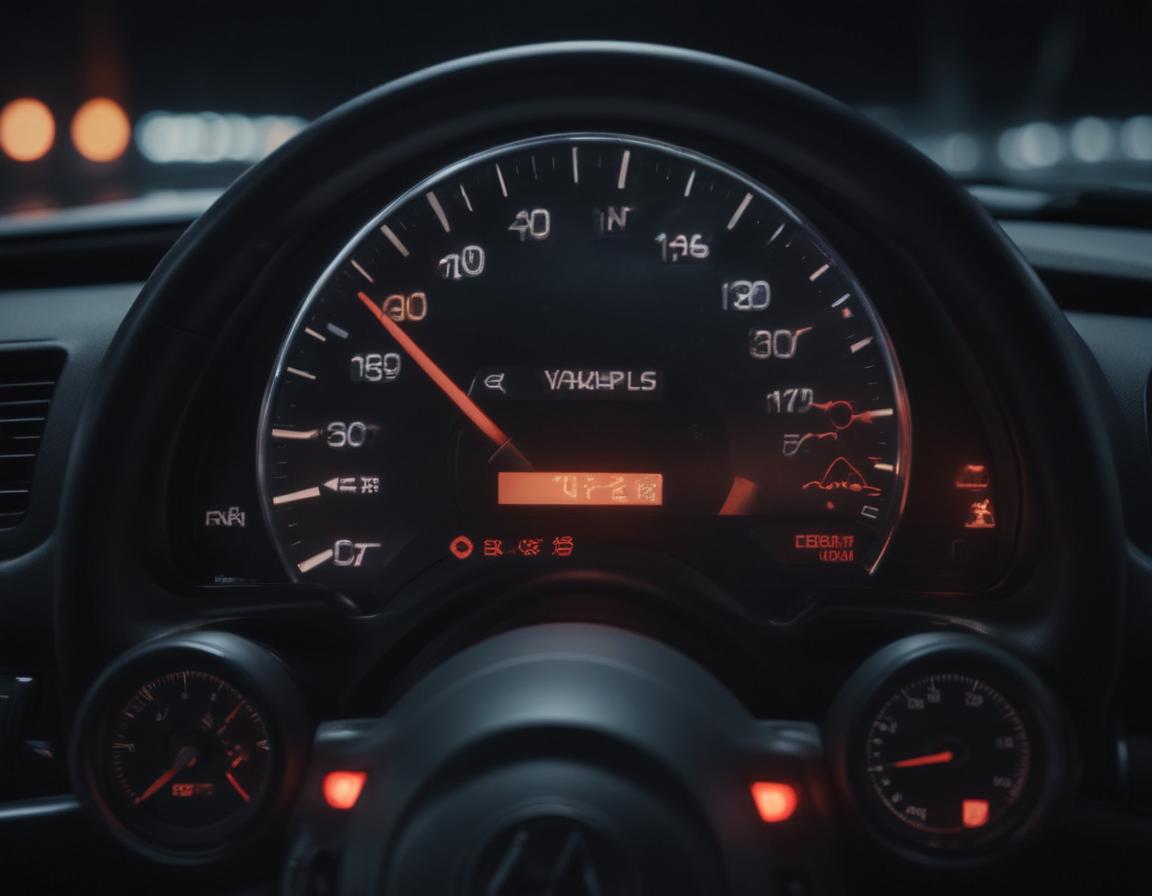
Poor fuel economy can drain your wallet faster than you think. If you find yourself making frequent stops at the gas pump, it might be time to investigate potential causes such as dirty air filters, clogged fuel injectors, or malfunctioning sensors. The oxygen sensor and mass airflow sensor play critical roles in a car’s fuel efficiency. When these components fail, your vehicle could burn more fuel than necessary.
Routine maintenance like replacing air filters, using fuel system cleaners, and ensuring proper tire pressure can improve mileage significantly. This not only saves money but also helps reduce carbon emissions, making your car more environmentally friendly.
3. Dead or Weak Battery

Car batteries typically have a lifespan of 3-5 years, but extreme temperatures and frequent short trips can shorten this lifespan. If you notice your car struggling to start, dim headlights, or hear rapid clicking noises, it may indicate a weak or failing battery.
Regularly inspect the battery for signs of trouble, such as corrosion around the terminals or a bloated casing. Proactively testing the battery’s voltage and replacing it when necessary can prevent sudden breakdowns. Most auto shops offer free or affordable battery testing, enabling you to address the issue before it leaves you stranded.
4. Old or Leaking Engine Oil
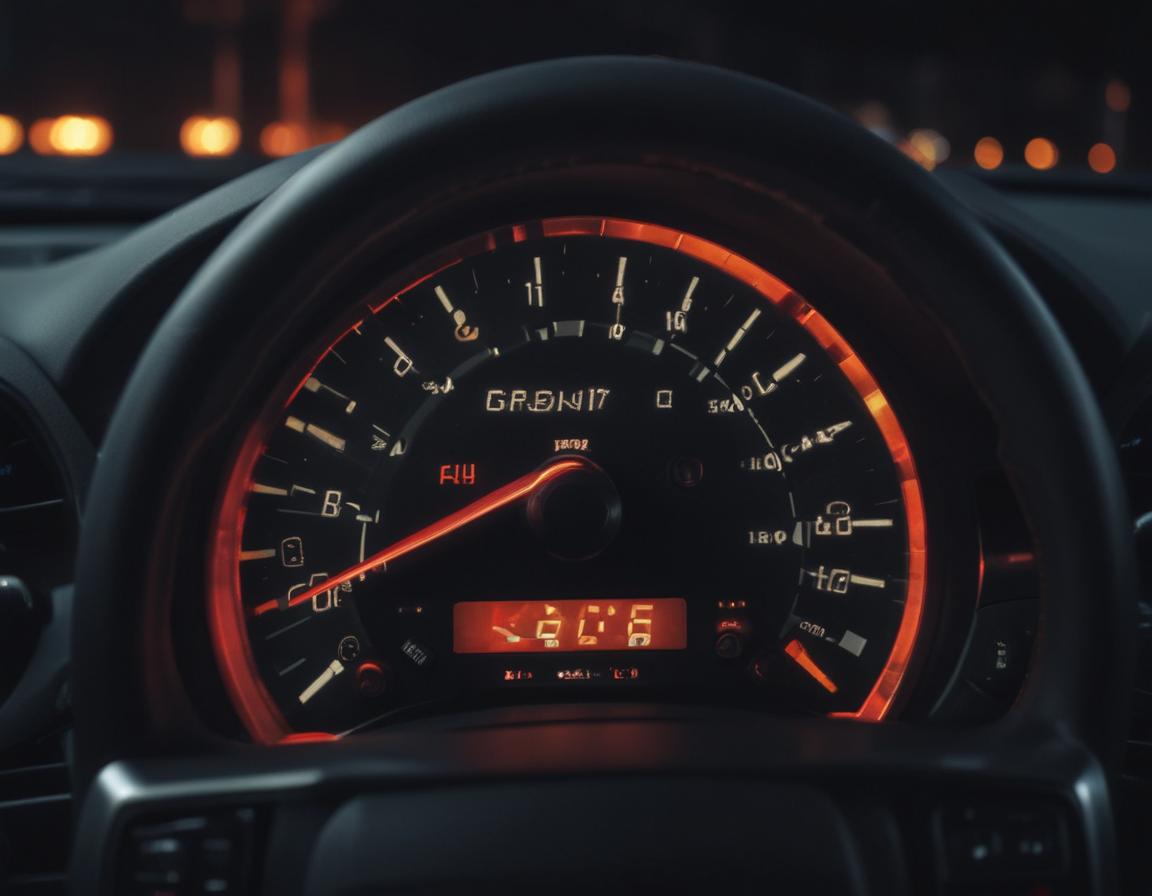
Engine oil plays a vital role in maintaining your engine’s health by lubricating moving components and reducing friction. Over time, oil can break down or leak, forming thick sludge that can cause severe damage.
You might notice warning signs, such as the oil warning light on your dashboard, burning smells, or blueish-grey smoke exiting the exhaust pipe. To avoid these headaches, a consistent schedule for oil changes—every 5,000 to 7,000 miles—is recommended. Using manufacturer-recommended oil and addressing leaks quickly ensures your engine remains in peak condition, extending its overall lifespan.
5. Tire Issues and Slow Leaks
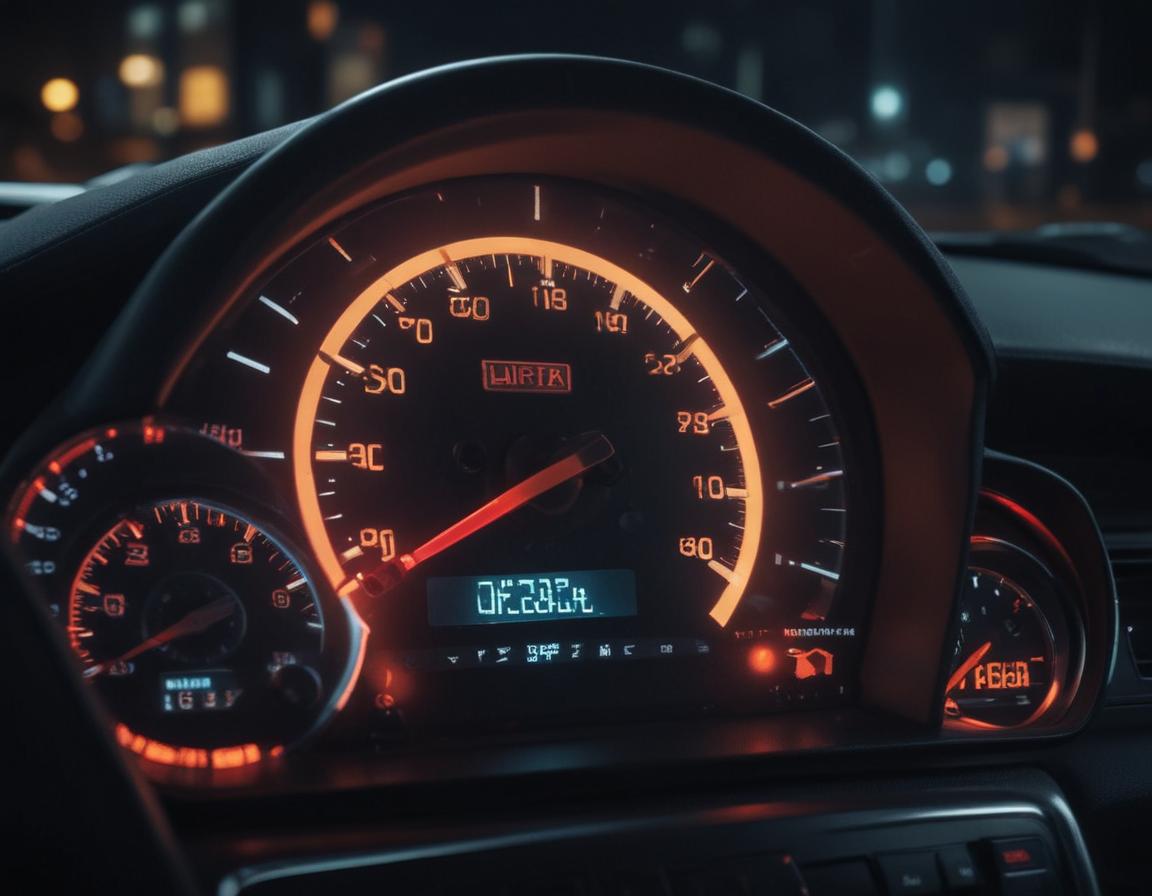
Ignoring your car’s tires is a recipe for unsafe driving conditions and potential accidents. Many drivers miss the early signs of slow leaks or wear and tear, which can lead to flats or blowouts. Regular inspection is essential for ensuring proper tread depth, checking for visible punctures, and verifying tire pressure.
Addressing slow leaks promptly with patches or plugs can save you from purchasing an entirely new tire. However, significant damage to the sidewall or tread may require a full tire replacement. Rotating your tires every 5,000 to 8,000 miles ensures even wear and longer-lasting performance. Safe tires lead to safer journeys.
Conclusion
Being proactive about car maintenance pays off significantly by enhancing safety, extending your vehicle’s lifespan, and minimizing expensive repair bills. U.S. drivers should take regular care of their vehicles by addressing minor issues early, consulting trusted mechanics, and adhering to recommended service schedules. Through vigilance and routine care, all drivers can enjoy a safer and more efficient ride every day.
Don’t wait for a breakdown—act now to ensure your car’s health and your peace of mind!
“`

